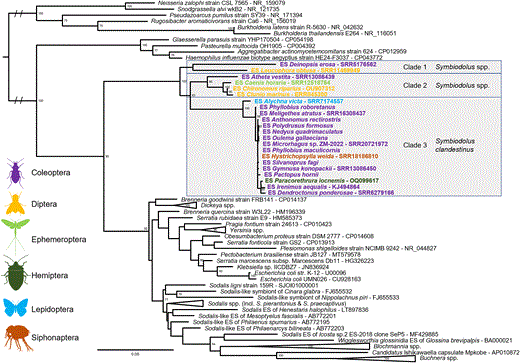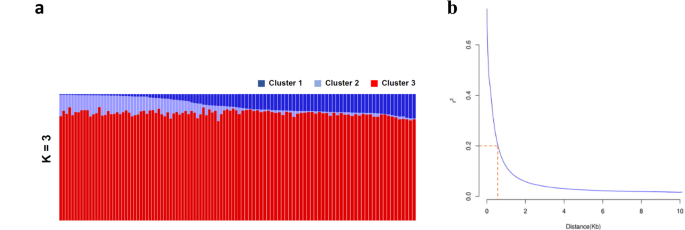

I think that the videos on ginger and turmeric from “Self Suficient Me” have valuable information: https://www.youtube.com/watch?v=PE32IxRIgow https://www.youtube.com/watch?v=bFHQir72ams
I have experience growing small plants of ginger, turmeric, and galangal in pots - if I bury the store-bought pieces in soil mix I get young plants with no problem. Unfortunately my luck ends there, because I don’t have the space nor access to the weather to grow large healthy plants, and eventually they do stall when winter comes.





















Awesome work! Upgraded. Thank you!! 😄